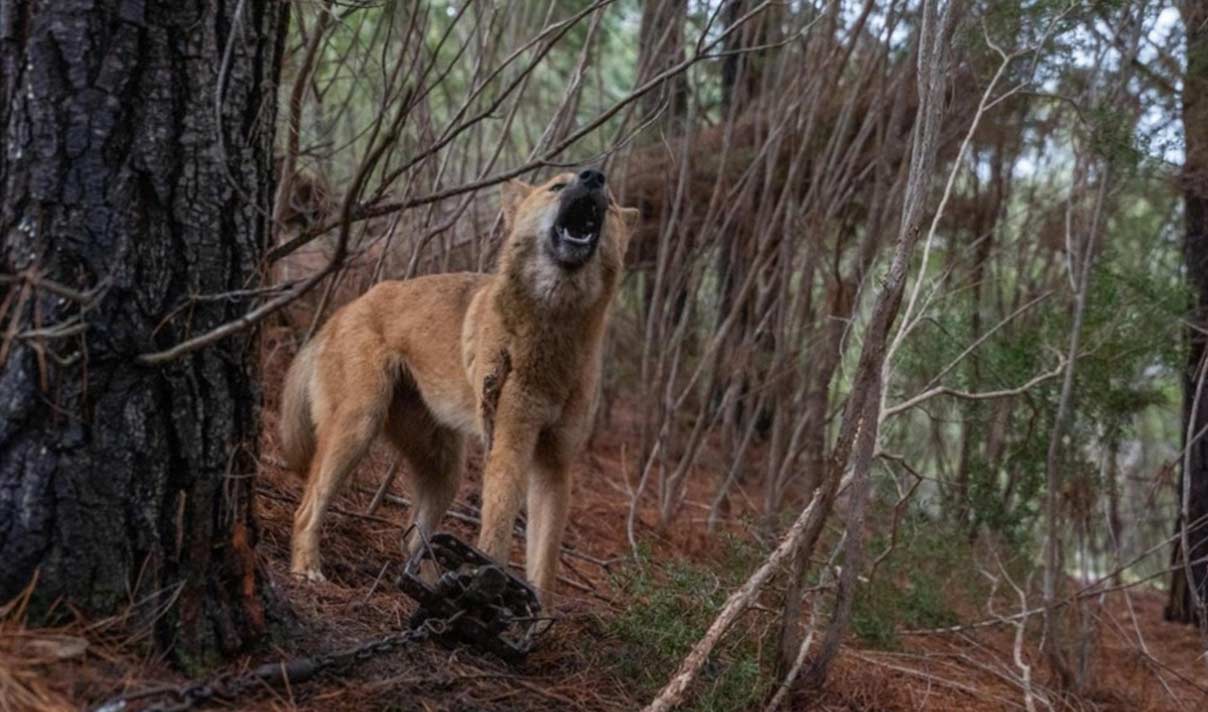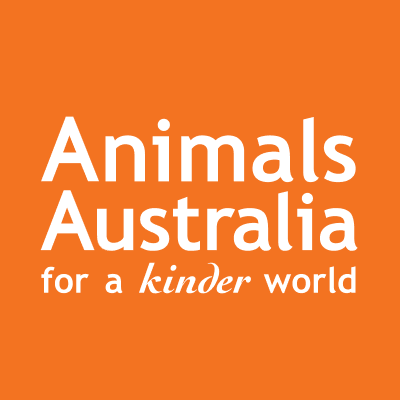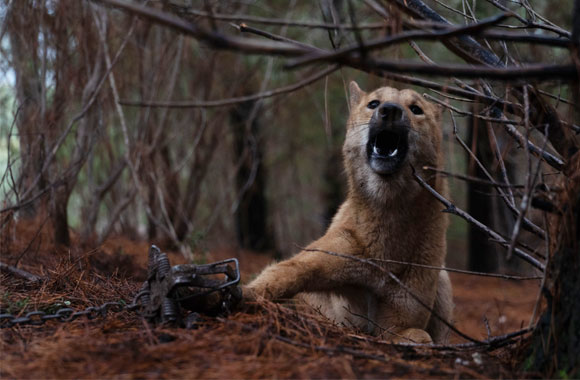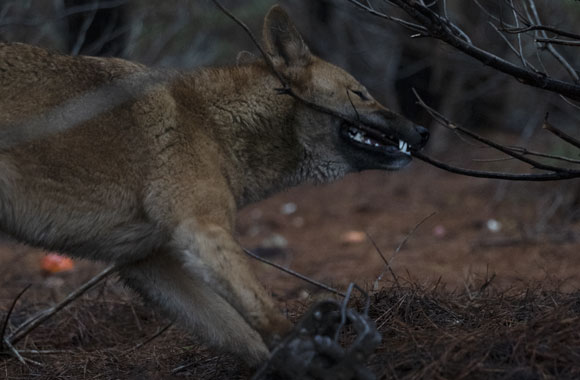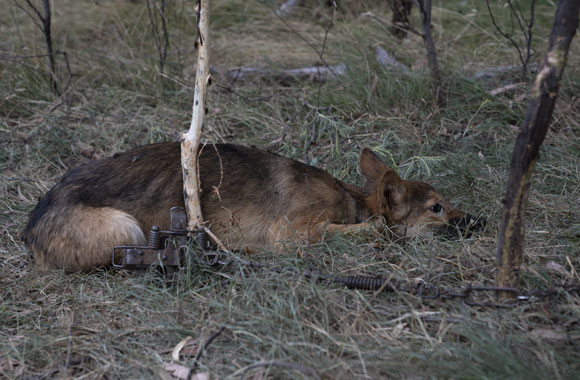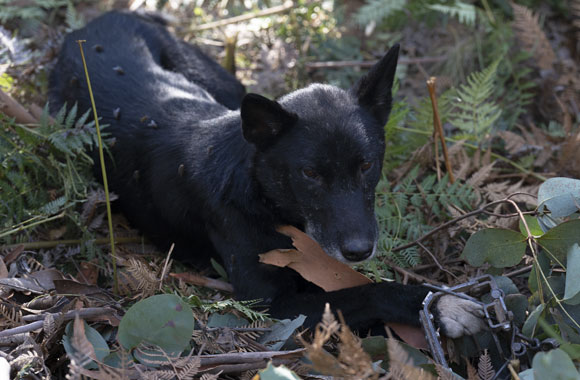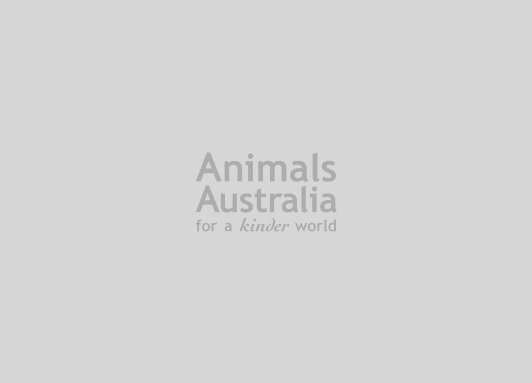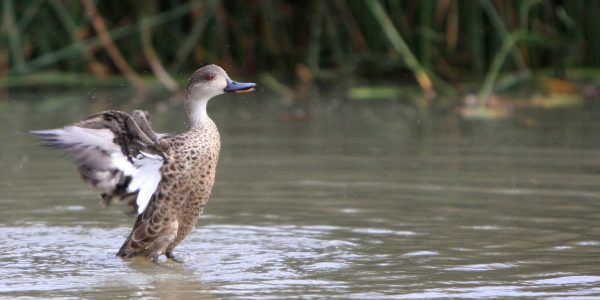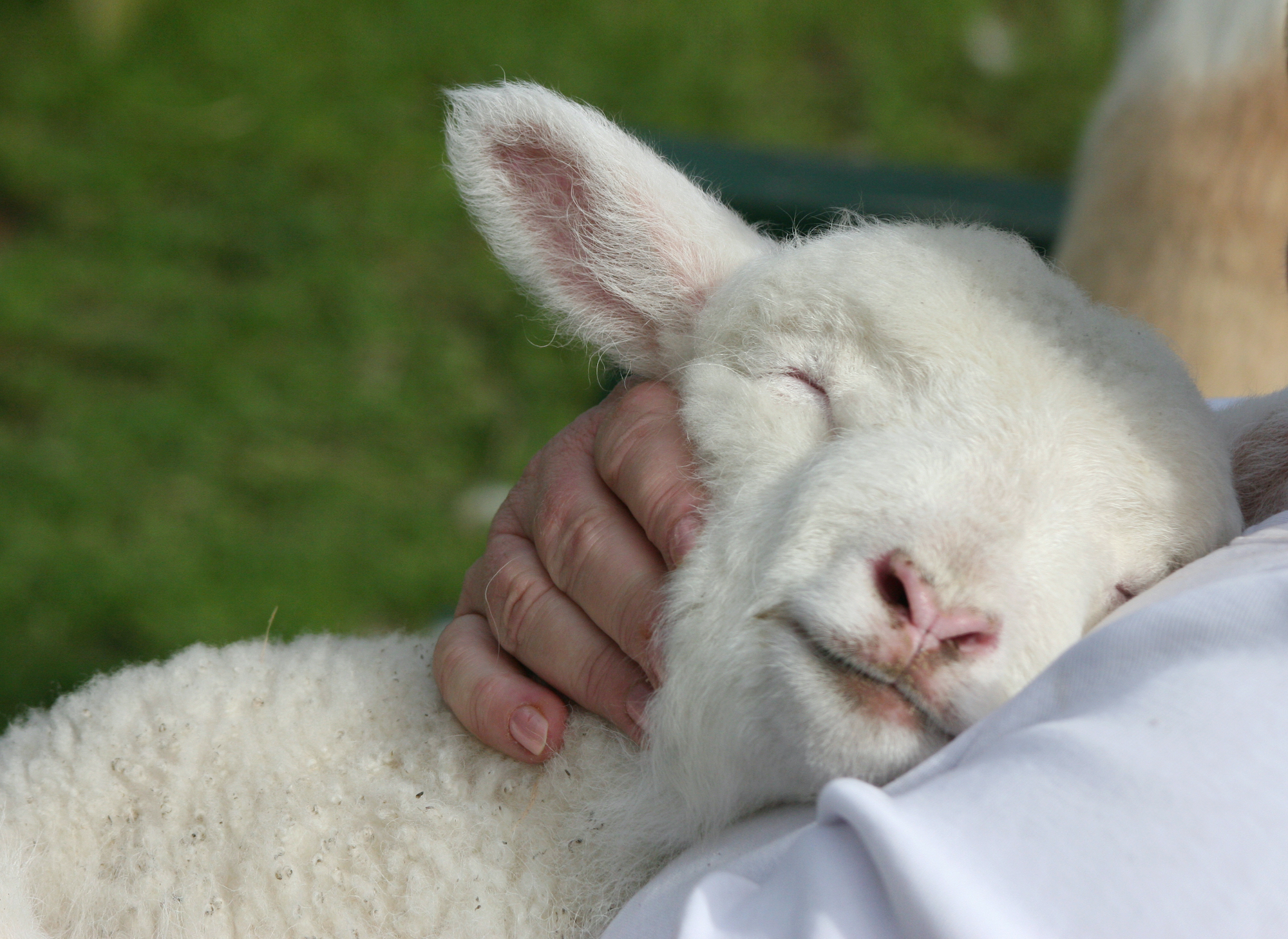Dingoes, despite their status as a threatened native animal in Victoria, are being targeted and killed to appease the interests of the animal agriculture industry. Although alternative options exist, the Victorian Government not only permits, but encourages dingoes to be cruelly killed by poison, trapping and shooting.
A week out from our Supreme Court challenge, the government loophole that unprotects dingoes and allows them to be killed was dissolved. Now, the most vulnerable dingo populations in Victoria’s Northwest will no longer be targeted under the killing scheme. However, the Victorian Government has implemented a new order, meaning dingoes elsewhere are still at risk. We need your help to immediately put a stop to it.

